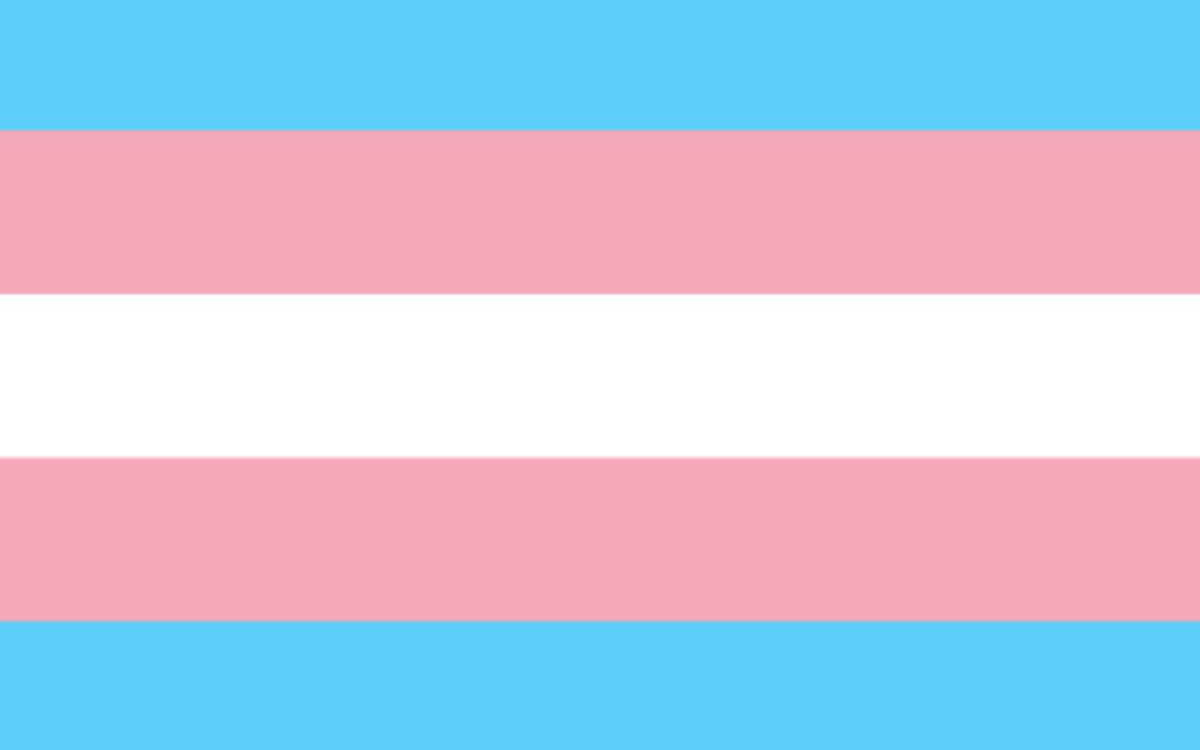On 31 March, the international “Transgender Day of Visibility” takes place. It is dedicated to all transgender people and serves to raise public awareness of this issue. Celebrated since 2009, it was created by trans activist Rachel Crandall. The aim is to raise awareness of trans people in the LGBTQ+ community and beyond. And even the leaders of the USA are going along with it: US President Joe Biden has officially recognised the Transgender Day of Visibility, taking an important step towards greater acceptance.
But what exactly does transgender mean? Have you ever asked yourself that? Then read on!
What does transgender mean?
Every human being is born with certain sexual characteristics and is classified as male or female on the basis of these. But this classification is not necessarily correct and can turn out to be inappropriate and/or wrong over the years. If a person cannot identify with the gender registered on their birth certificate, they are referred to as a transperson.
Transgender is thus an umbrella term for various people who do not or not completely identify with the gender given to them at birth. The two biologically assigned genders man and woman can identify as transgender, but also all genderqueer and non-binary persons. For example, if you belong to a third gender, you can also count yourself as a transgender person.
The counterpart to the transgender person is the cisgender person. He is characterised by the fact that he can clearly identify with the sex assigned at birth.
The asterisk – the placeholder for various transperson
“Trans*” is just the beginning of a word that can have many different meanings. The word itself is Latin and means as much as “beyond, above”.
Here you can see what forms there are and how the “*” at the end of the word can be replaced:
- Trans*female person: A trans*female person or transwoman is a woman whose gender was assigned as male at birth. She cannot identify with this and has a female gender identity.
- Trans*male: A person who was identified as female at birth because of the body, but cannot identify with her assigned sex and has a male gender identity, is referred to as a trans*male.
- Trans*non-binary: Non-binary is the term used to describe people who cannot identify as either fully/always female or fully/always male. Non-binary people can feel between both biological sexes, but also feel no assignment at all. There are subgroups such as agender (belonging to neither sex) or bigender (belonging to both sexes). If the personal gender identification changes regularly, we speak of genderfluid persons. Some non-binary people classify themselves as transgender, others wish to avoid this classification.
Trans* and Inter* – persons – where is the difference?
In the scene, you sometimes come across people who describe themselves as intersexual or intersex. Inter* is just as much a collective term as trans*. It stands for persons whose innate gender does not correspond to the medical declarations of cis-man or cis-woman. For example, an inter* person may have been born with secondary sex characteristics of cis-woman and cis-man. There are numerous inter* variations that may or may not become visible in the course of life. There are many intersex people who are not even aware of their specialness.
Difficulties can arise in dealing with inter*persons due to insecurities. Many people do not know how an intersex person should be addressed or which pronouns they use. Here it helps you and your counterpart to simply ask. In this way, you show that you take the other person’s sensitivities and gender identity seriously.
Inter* people also have the possibility to define themselves with different gender identities. Inter* people can see themselves as female, male, trans* or non-binary.
Trans* and sexual orientation – no rigid boundaries
One’s gender identity is not synonymous with one’s sexual orientation, but it is often confused. Every trans* person has an individual sexual preference and can be asexual, bisexual, heterosexual, gay or pansexual etc.. Trans* persons can have all the sexual orientations that are also present in cis* persons. If a trans man pushes other men, he can call himself gay. If he is attracted to both cisgender people, he is bisexual. The term “queer” is often used as a generic term for the sexual orientation of trans* people.
Trans* diversity and the situation today
The transgender spectrum is enormously diverse and broad. Nowadays, there are rights and possibilities for trans people, such as, for example, according to the Transsexual Act (TSG), the adjustment of the sex under civil status law, i.e. the indication in the birth certificate and in official papers as well as the change of name.
Some trans* people also choose to have gender reassignment surgery, with the majority transitioning in their 20s, according to statistics. However, not every transgender person wants (full) gender reassignment, and it is also completely independent of gender identity.
Understanding and dealing with trans* people are still a challenge for some, but public acceptance is fortunately increasing. Society is on the right track, with various counselling centres, new legislation and important days like the international Transgender Day of Visibility!
|
